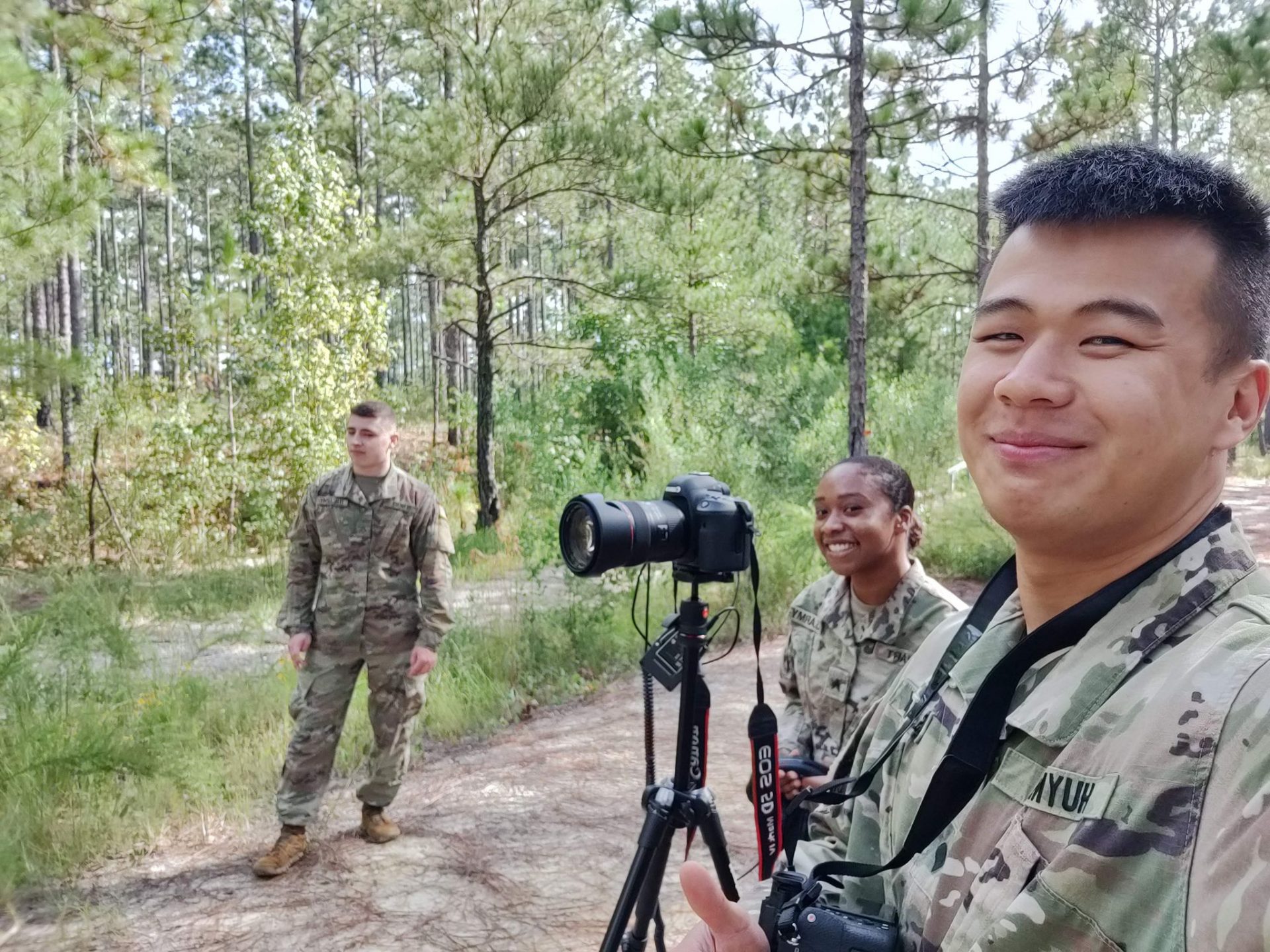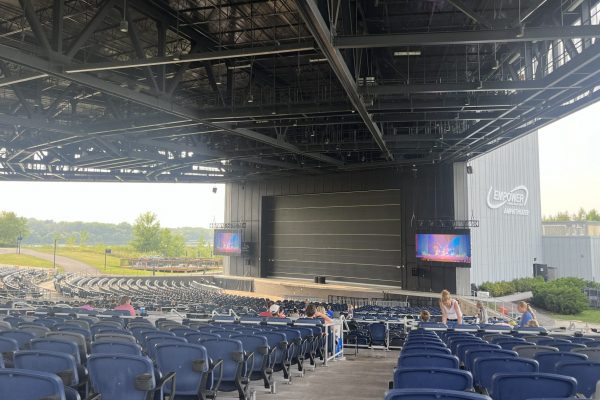
SYRACUSE, New York (NCC NEWS) — The Newhouse School at Syracuse University is known for its scrupulous journalism, rigorous curriculum, and illustrious alumni list. But, one of its most important programs doesn’t catch the headlines.
The military visual journalism program has existed in its modern form at Syracuse since the early ’90s, training the finest visual journalists in every branch of the US armed forces. But how did this modern military program come to be?
“During the Gulf War the government looked back and realized they didn’t like the way they portrayed themself during the war,” the Deputy Director of the program at Syracuse Nancy Austin said. “They realized that they needed better training.”
The resulting program is a one-year, 30-credit university experience for NCO’s – non-commissioned officers – from all the major branches designed to give them visual storytelling expertise. They learn to choose, shoot, edit, and package stories alongside other Newhouse students.
The selection process is rigorous and each branch is tasked with creating their own selection process to put together the 32-student class. For Thiem Huynh, an E4 specialist in the Army, it was an officer recommendation that landed him in upstate New York.
“They really pushed for me to come here,” Huynh said. “The end goal is actually Syracuse, it’s one of the ones where you’re a higher rank.”
The prestige the program holds within the military community is one of its keys. The alumni decorate the walls of the program lounge, a ready look into the future for these eager journalists with a cause.
“You know what a Newhouse degree does for someone, the doors it opens,” Austin said.
After matriculation, these 32 students, including Huynh, are expected to be fountains of knowledge for the rest of the military community.
“The plan from the DOD (Department of Defense) is for us to go back to our original units or a new unit. We will go there and train people under us and be like ‘here is what I learned at Syracuse,’” Huynh said.
On top of the importance of this mission, perhaps the largest contribution the program makes is providing the experience to both enlisted soldiers and college students of learning together.
“It just adds to the overall diversity of thought on the campus,” Director of the Military Motion Media Program Chris Tuohey said. “I think that that is a win for everybody.”
Despite the current pandemic, the program has continued as normal. Huynh and 31 others are scheduled to graduate from it this spring.




